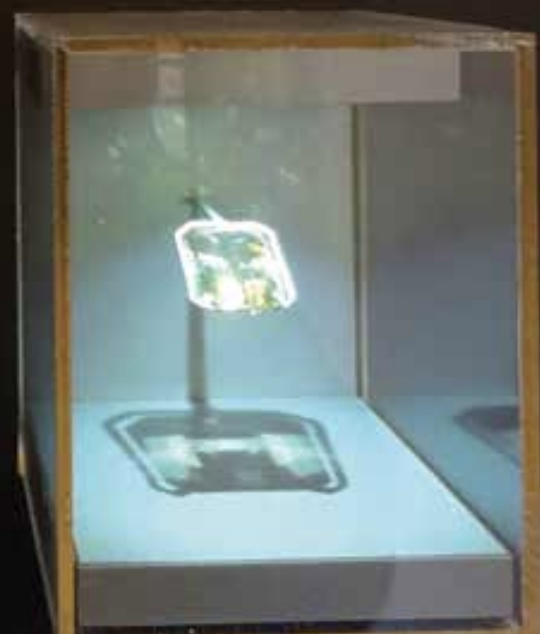Some diamonds aren’t forever
The daring theft of the Golconda d’Or
On Saturday the 18th of October, 1980, in the midst of a crowded room in Sydney Town Hall, the fabulous 95.4 carat Golconda d’Or diamond was stolen. The flawless golden diamond, one of the last diamonds taken from India’s Golconda mines, was several hundred years old. Since then, despite numerous inquiries in many parts of the world, nothing has been heard of the diamond or the thieves who stole it. Golconda was famous for its diamonds, won from the conglomerate rocks in the nearby hills. The territory lay between the Godavari and Krishna Rivers and extended to the coast of the Bay of Bengal. The Golconda d’Or was one of the most famous diamonds to come from this area and was cut in rose form after the Hindustan fashion. It was of the finest quality, golden in colour and in its original form was 130 carats before being cut down to 95.4 carats by Asscher of Amsterdam. The diamond was first mentioned in records dating from 1739 when it was part of the booty seized in the looting of Delhi by the Persian invader, Nadir Shah.
Exact details concerning the Golconda d’Or were not recorded during these turbulent times but after the death of Nadir Shah in 1747, the diamond ended up as part of the crown jewels of the Sultan of Turkey. Around 1876, Abdul Hamid II became the crown head of Turkey and through various persecutions and repressions, earned himself the title “Abdul the Damned”. His atrocities gave rise to a secret society calling itself the “Young Turks”, who plotted to overthrow his regime and restore the constitution. Backed by Western powers, this group managed to gain control of the army and on the 23rd of July, 1908, a bloodless revolution saw the end of Abdul Hamid II. When his fortune of precious stones was seized, amongst it was the famous Golconda d’Or which, it was decided, had to be sold to finance the Young Turks movement. In 1909 Mustapha Kemal, later Kemal Ataturk, first president of the Turkish Republic, sold the diamond to a wealthy Turkish family who retained it for the next 50 years. In 1962 it was bought by the Melbourne company of Dunklings, a subsidiary of Angus & Coote Ltd. In October 1980 the diamond was part of an exhibition on display at Sydney Town Hall. On Saturday the 18th, at 11.55am, an Angus & Coote executive noticed the gem in place in its special glass case. Fifteen minutes later it was gone. A woman visitor later remembered seeing a man with his hand up through the trapdoor of the case. She spoke to him and said, “Isn’t it beautiful,” and the man replied, “It will be better when I rearrange it and put it back on the stand.” He added that the revolving mechanism of the stand was not working and he hoped to have it operational again shortly – all this conversation with a security guard only a short distance away.
The 95.4-carat Golconda D’or in its showcase before the theft
About 80 people were in the immediate vicinity of the diamond when it was taken out and a worthless piece of glass put in its place. Detectives later believed that a gang had been responsible for the theft rather than any one person. They reconstructed the crime, believing one member of the gang hid underneath a showcase and opened a small padlocked trapdoor by undoing two screws which held the lock. A skilled thief might have taken three or four minutes to carry out the substitution. What places the robbery among the great jewel thefts of history is the fact that the padlock and trapdoor were intact after the robbery and it was all performed in broad daylight in front of a crowd of onlookers!
Detectives were almost certain a gang of four took part in the robbery, which had obviously been carefully planned in advance. Two of the gang were females who carried out diversions while the robbery took place. One of the women placed two large paper-wrapped parcels just in front of the stand but when the parcels were later examined, they were empty. The second female accomplice distracted a St John’s Ambulance officer who sat at a nearby table facing the showcase. The fourth member of the gang must have stood near the showcase and acted as a lookout. As mentioned, an Angus & Coote executive saw the diamond in its showcase at 11.55 am that Saturday but by 12.10 pm it was gone. Angus & Coote placed a figure of $500,000 on the diamond but in the hands of a collector it could have sold for as much as $2 million. Despite extensive local and overseas investigations into the theft of the Golconda d’Or, nothing further has ever been heard of it.
